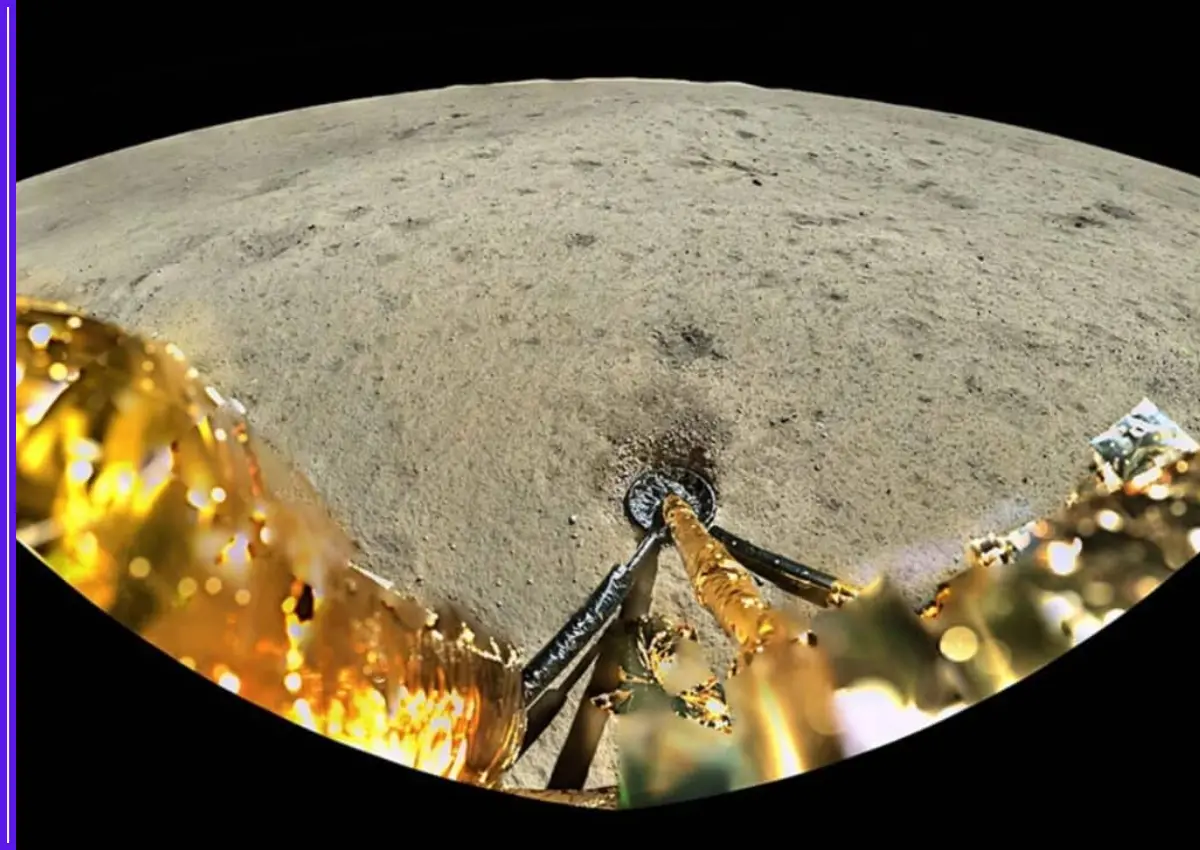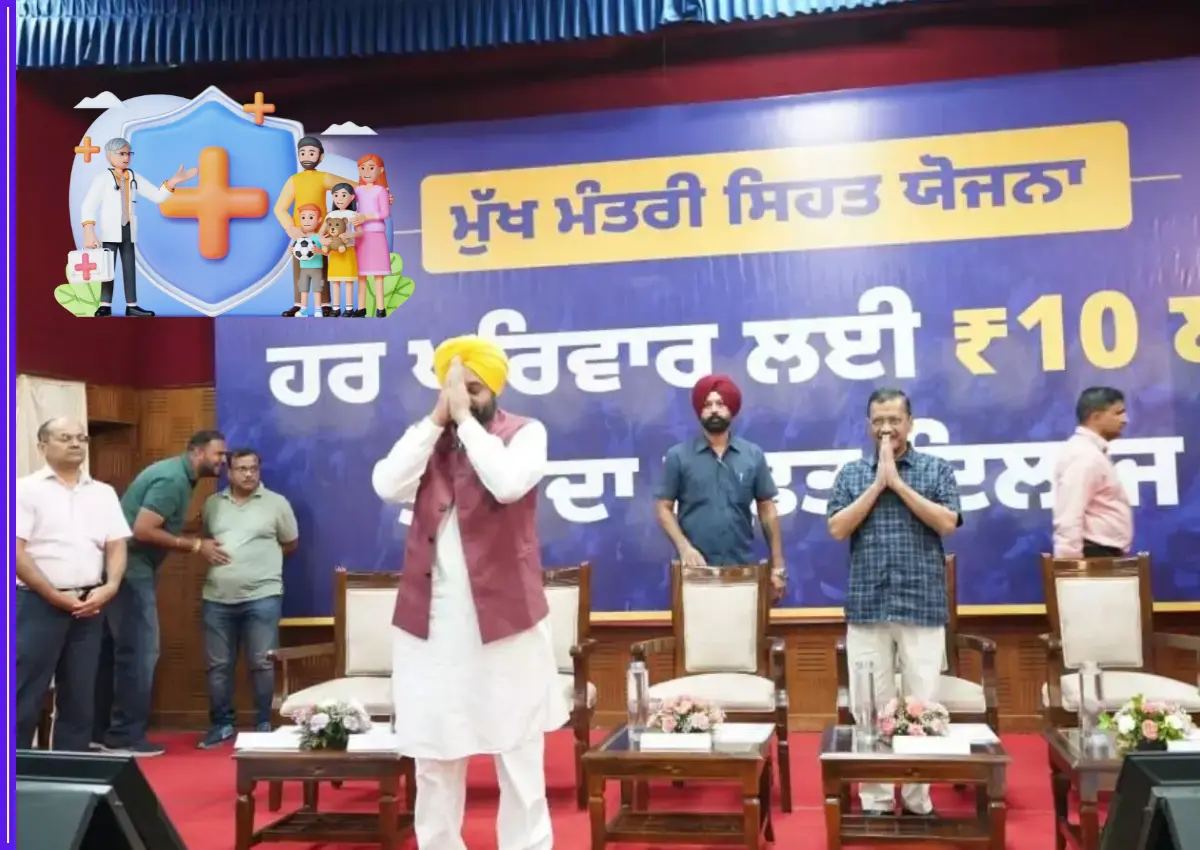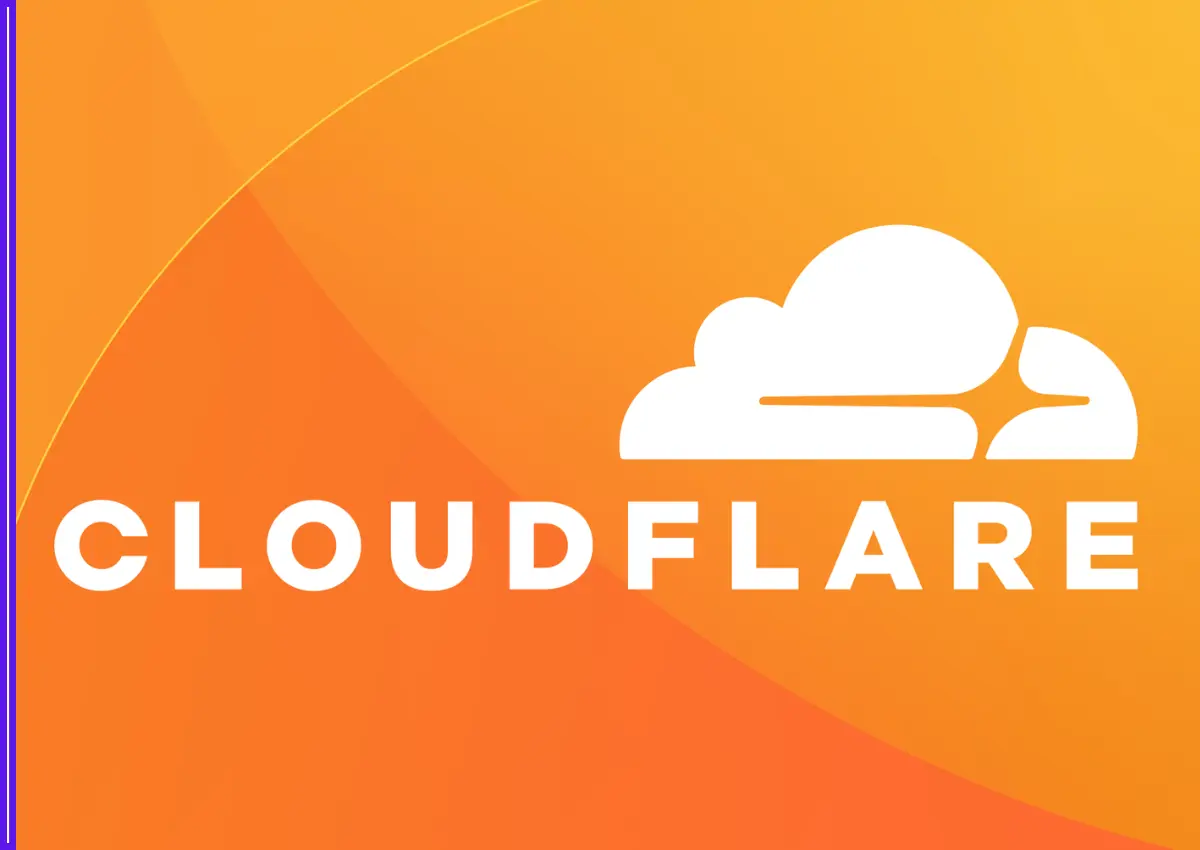Introduction
In the rapidly evolving world of artificial intelligence, two powerhouses have emerged as fierce competitors: Chat GPT which is one such tool and Google Bard. These language models have advanced to the point where they have inspired people all around the globe, providing groundbreaking capabilities in the range of text generation, natural language processing, and many other applications. As the artificial intelligence revolution matures, we need to be aware of the strengths, weaknesses, and possibilities of these fundamental innovations.

Overview Table:
| Feature | ChatGPT | Google Bard |
| Underlying Model | GPT-3.5 (free), GPT-4 (paid) | PaLM 2 |
| Release Date | November 2022 | February 2023 |
| Languages Supported | 95+ human languages, many programming languages | 40+ human languages, 20+ programming languages |
| Internet Access | No (free version) | Yes |
| Voice Input | Yes | Yes |
| Image Integration | Yes (via DALL-E) | Upcoming |
| Plugins/Extensions | Yes | Yes |
| Free Version Available | Yes | Yes |
Understanding the Titans: ChatGPT and Google Bard
What is ChatGPT?
ChatGPT, a chatbot that has gained a lot of attention being created in partnership between OpenAI and Microsoft, was launched. Launched towards the end of last year, it immediately achieved the status of the fastest-growing web application ever by attracting a simply unbelievable 100 million users within a mind-blowing two months.
- The secret behind ChatGPT’s success rests upon its underlying language model, GPT-3.5 (Generative Pre-trained Transformer 3.5), which has 175 billion parameters entailed.
- Users, who are looking for more complex features, are provided with the ChatGPT Plus which is an upgraded version that is fueled by the state-of-the-art GPT-4 model that is predicted to achieve about 1.76 trillion parameters.
What is Google Bard?
In a bid to keep up with the trend, tech giant Google announced the launch of its own conversation AI tool, Bard, in February 2023. Improving with the help of Google’s LaMDA (Language Model for Dialogue Applications) which facilitates internet access, Bard focuses on precise response generation promptly.
- At the beginning, Bard lagged behind in terms of chatbot performances proven by Chatbot’s GPT-3.5 models. Nevertheless, Google has opted for the latest version of PaLM 2 (a language model) for all their AI projects, which includes Bard as well.
- PaLM 2 has been trained on a large research heuristic, including from mixed languages of human and programmers, scientific papers, and web pages, which gives it superiority in being good in coding, logic, and mathematics.
Key Advantages and Limitations
Both ChatGPT and Google Bard are incredible tools when it comes to different domains, but at the same time, they have their own limits. Let’s look into the pros and cons of these AI chatbots:
ChatGPT Advantages:
- Multifaceted internal business use issues
- Continuous catalogue growth as plug-ins and integrations are added.
- Support for 95+ human languages and a diverse range of programming languages.
- Voice input capabilities
- The AI will be able to generate photographs (shown by DALL-E)
ChatGPT Limitations:
- Only the paid ChatGPT Plus version offers access to the real time information.
- Possibility of error or falsifying (LLM hallucinations)
- Lack of resources for answers
- There are issues of privacy and copyright regarding training data.
- Pro subscription is required to use it to its full potential.
Google Bard Advantages:
- The internet as a medium of information is quick and up to date.
- Resume previous conversation history
- Creative integration with other Google apps (YouTube, Maps, Lens, Gmail)
- Support for over 40 human languages and another 20 programming languages.
- Voice input and image input.
- Multiple draft responses
- Free access
Google Bard Limitations:
- Erroneous outcomes and illusioning especially complicated queries.
- Most of the time, a lower level of performance in comparison to ChatGPT in different tasks.
- Shortage of sources to respond to (though “Google it” option makes up for it)
- Currently, there is no functionality for third-party integrations coming with our system (yet).
Comparative Analysis: ChatGPt vs Google Bard
Notwithstanding the fact that ChatGPT and Google Bard are certainly very powerful AI tools, the quality of their performance still differs from case to case. Now, let’s evaluate their level of proficiency in terms of data science, coding, research, writing assistance, user interface and the rest.
Data Science and Coding
- Based on the reports given by DataCamp, the Pro version of ChatGPT, especially the GPT-4 powered, now is more efficient than Google Bard in data science and coding tasks.
- The ChatGPT developer tool named Code Interpreter gives it more power to take part in tasks connected to the programming process, data analysis, data visualisation, machine learning, and natural language processing.
- In spite of this, Bard partners with Google’s technology stack and is always improving on them, which could eliminate this gap in the future.
Research Capabilities
- Likewise, ChatGPT and Bard are very competent as research assistants, from being able to suggest research questions to comprehensive literature reviews and improving text clarity.
- Nevertheless, they fail to meet the academic publishing standards because of reliability concerns, lack of proper citations, and inability to access the freshest research (especially in the case of ChatGPT free version).
- As a research assistant, Google Bard stands a chance to have an edge over ChatGPT through giving instant relevant and current information.
Writing Assistance
- ChatGPT and Bard’s language models, which are specially tailored to write tasks, perform well in essay writing, content generation and creative writing areas.
- With respect to both chatbots delivering premium-quality, Google Bard at the moment has no word limit for their answers which makes it more suitable for lengthy assignments or writing tasks.
- The free version of ChatGPT has word restrictions of about 4000 characters or 500 words.
User Experience
- In addition to being easy to use, both ChatGPT and Bard use a chat-like interface enabling easy interaction and use by a large group of users.
- Additionally, this feature comprises a sidebar that keeps the chat history and lets you resume conversations on a previous topic.
- General user reactions can differ, but nonetheless the experience is similar between the two chatbots.
Images
- One significant advantage of Google Bard is that it gives images alongside the answers presented, which brings out the experience and text quality of the generated text.
- Moreover, ChatGPT has now merged with OpenAI’s DALL-E model for image generation that is capable enough of manipulating and creating images.
Practical Applications and User Cases
Bard in Action
Although still in an experimental phase, Google Bard is already a powerful chatbot with a wide range of potential applications:
- Consumers support as well as medical assistance
- E-learning as well as content creation.
- Integration with such prevalent Google services as Gmail, Docs, Drive, Maps, and YouTube that makes information retrieval and task management very easy.
Leveraging ChatGPT
OpenAI has maintained its momentum since ChatGPT’s initial launch, and the chatbot’s use cases continue to expand:
- ChatGPT by itself is taking the spotlight as the leading solution at the time with its capabilities growing up steadily.
- Like the foundation model, ChatGPT can be used by AI assistants and applications in different industries including the Workspace AI Assistant developed by DataCamp for data science.
- Developers are constantly releasing new plugins and building applications on top of the OpenAI GPT API and thus expanding functionality of ChatGPT.
AI chatbots in the Future
It is quite clear that, in the face off between the ChatGPT and the Google Bard, both the chatbots possess leagues of their own. Although ChatGPT boosts its current level of popularity and updated functions, Google Bard’s connection with the giant technology and constant changes may give it a competitive advantage over ChatGPT in the future.
With the AI revolution ongoing, the fate of these chatbots is quite likely to be in the hands of the following important elements:
Model Advancements: Language models, and ChatGPT or Bard are quickly advancing, and each new version of them can be better than their previous version on the performance, accuracy and functionalities. Thus staying at the forefront in the race of model superiority will be an essential market parameter for both firms.
Integration and Accessibility: The two perspectives stated by OpenAI correlate with these two concepts, i.e., seamless integration and accessibility. Open AI’s plan to integrate plugins, APIs and developer tools, is directed at ensuring chat GPT in all applications and services. However, Google is using its impressive power in consumer electronics to massively integrate Bard into its environment.
Real-World Applications: Although both chatbots have shown impressive capabilities, their real power will remain in their ability to solve real life problems and result in concrete benefits for different industries. Organisations which are able to market and exploit their AI solutions in the best possible way, will undoubtedly gain the upper hand to others.
Trust and Transparency: As chatbots using AI increase in the number, ethical, transparent, and trust issues could take over the debate. Ensuring privacy and removing bias and risks of misuse among the user population will be important as everyone embraces these technologies.
Regulatory Landscape: In addition to that, the speedy development of AI has become the subject of various discussions among both regulators and policymakers. The role of AI chat-bots in the future might be seen as being influenced by the birth of a regulatory framework and codes of conduct that will promote responsible development and use of the technology.
Conclusion
The battle between ChatGPT and Google Bard indicates the field AI technology is advanced, providing ideas allowing language models to exceed their original limits. Now these pioneering technologies continue to improve, they will actually develop not just across sectors but also to advance innovation and change the manners and means of how we interact and use these artificial intelligence tools. Whichever chatbot makes it to the winner list, the genuine winners will be the companies and the individuals who use it to take full advantage of the game-changer factor of the AI wonder. The age of AI conversationalists is at the moment, and the future will surely sparkle with excitement.





